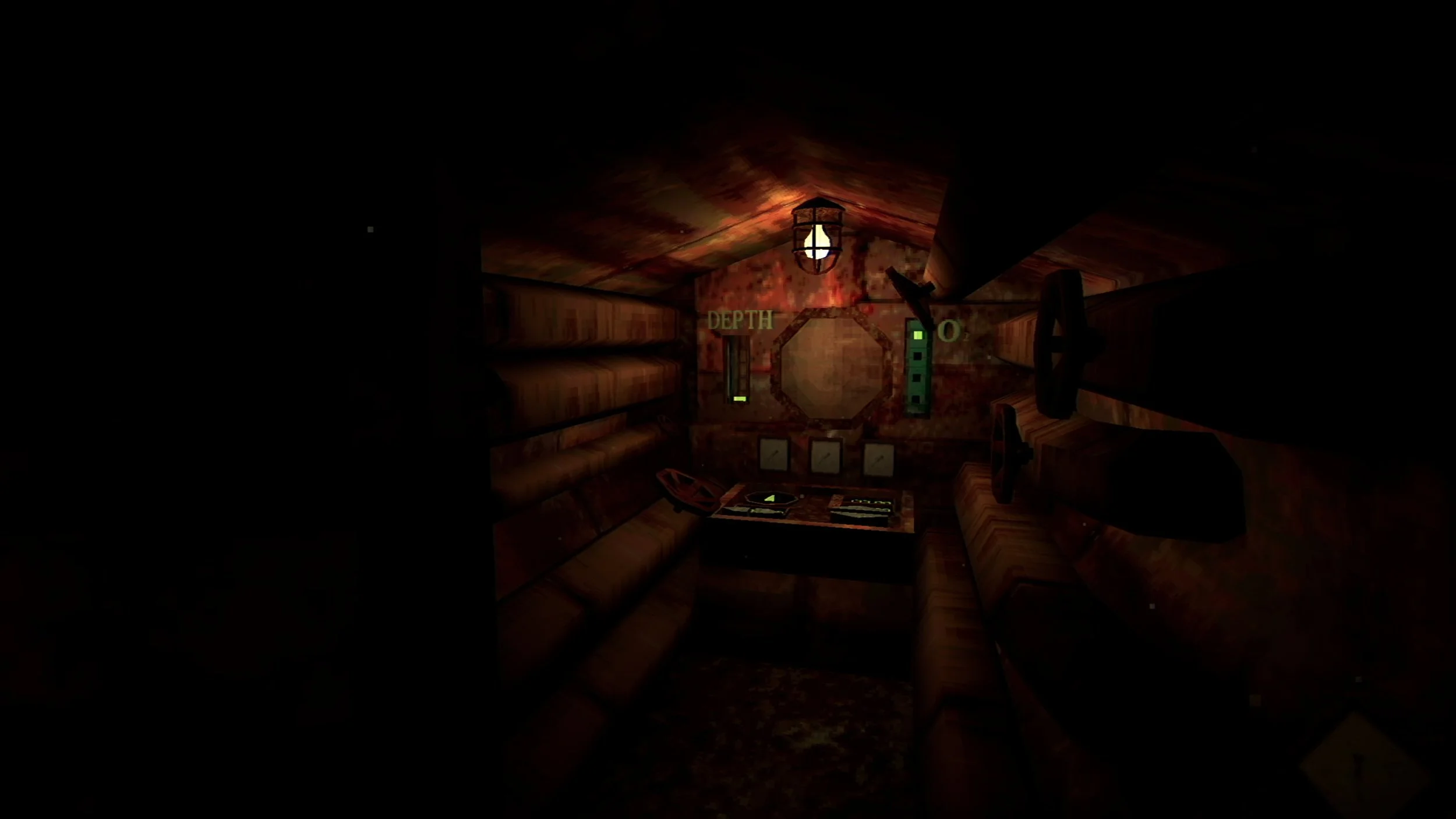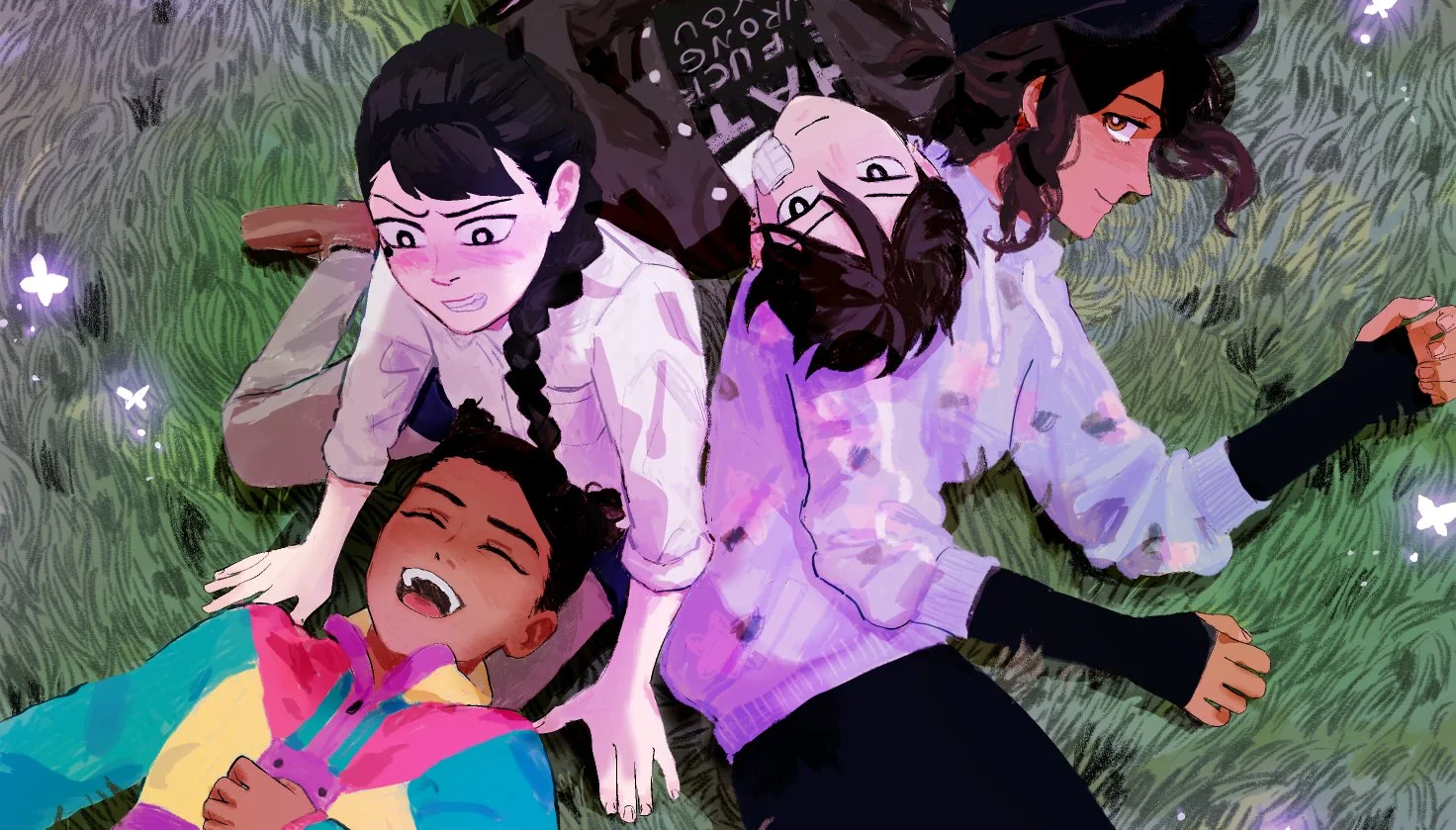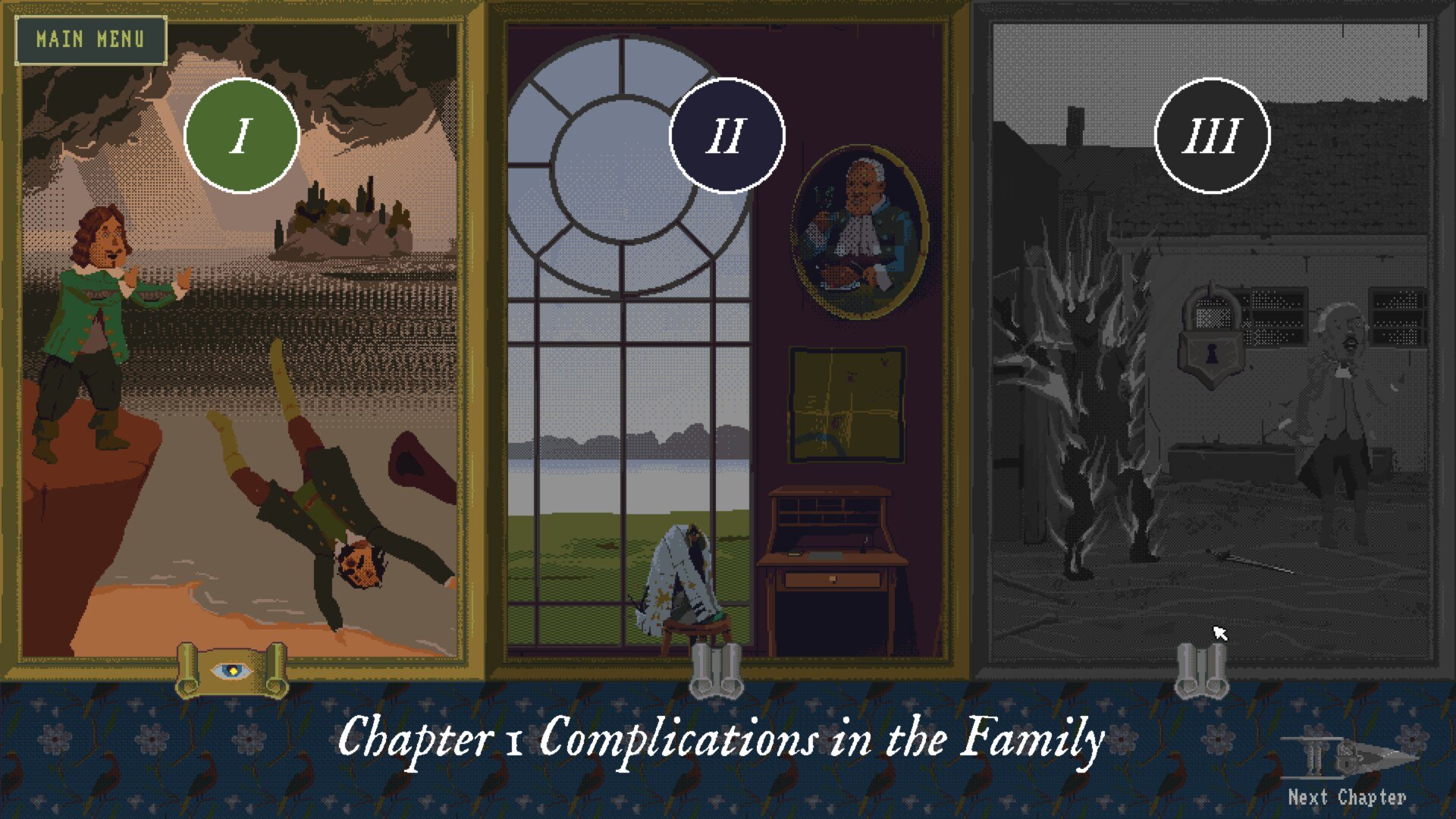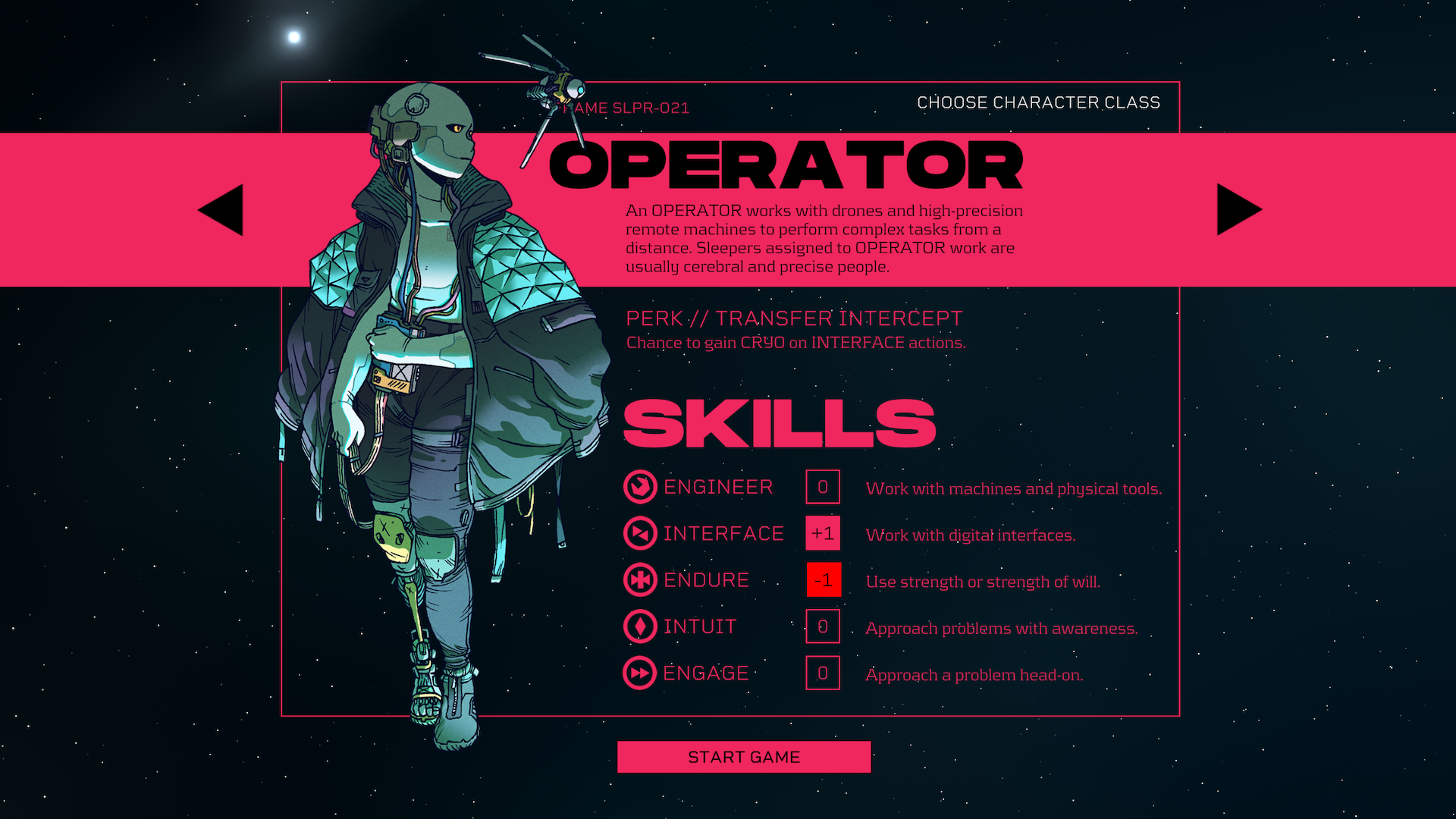My favorite games of 2022.
Looking back on what I played this year, the one word that comes to mind is “eclectic.” While there were a few big games that stuck with me (the first on this list being one of the very biggest of the year), most of them were made by solo creators or very small teams of two or three people. They spanned the genres of 32-bit survival horror, 18th century detective sim, teen romance visual novel, fantasy-spec ops turn-based tactics, and more.
What’s driven my love of games for as long as I can remember is the connection they allow with creators’ individual points of view, and how that’s expressed through their games’ stories, their worlds, and the roles you inhabit as a player. Throughout 2022, in all sorts of different ways, I felt that connection perhaps more deeply than ever.
Below you’ll find ten or so of my favorites that I played this year (though they weren’t all necessarily released this year), in no particular order. Thanks for joining me.
Elden Ring
The pitch is deceptively simple: “Dark Souls, but make it open world.” What’s incredible is that it just works, in a way that From Software makes look effortless. Along with being their most ambitious and sprawling title, Elden Ring is also the most accessible entry in their canon. Dive in.
Murder House/Stay Out of the House
I took a strange, circuitous journey to discover Puppet Combo’s games this year, and their uniquely grimy brand of PS1-style grindhouse horror really did a number on me. I played a bunch of Puppet Combo’s stuff on a gaming spree over the course of a week or two, and two of their games— Murder House and Stay Out of the House— completely lived up to their aesthetic’s promise. Murder House is a kitschy ‘80s slasher VHS in the form of the original Resident Evil; Stay Out of the House is Thief the Dark Project meets The Texas Chainsaw Massacre. If any of that sounds even vaguely intriguing to you, dive down the Puppet Combo rabbit hole without delay.
The Convenience Store/Closing Shift
Chilla’s Art, the creator of lo-fi indie horror titles The Convenience Store, Closing Shift, and many others, has a lot in common with the aforementioned Puppet Combo: an ongoing solo developer working practice supported by a loyal Patreon following, a VHS-meets-low-poly visual aesthetic, and a deep connection to a very specific kind of horror experience. But whereas Puppet Combo is garishly pixelated and gloriously bloody— gameplay of an obscure PS1 game that was recorded over a worn-out VHS from a shuttered rental shop’s Cult Horror section— Chilla’s Art is CCTV footage of someone uncomfortably inhabiting the quietly menacing dark corners of everyday Tokyo. Chilla’s Art’s subject matter is as diverse as it is immediate, from the quiet plight of convenience store workers, Starbucks employees, and bullied schoolchildren, to the travails of those who care for the elderly or deliver packages all through the night. But their understated mundanity is eventually upended by creeping horror, whether that of modern Japanese urban legends and ghost stories, or simply the disturbing actions of people twisted by isolation and paranoia. This ever-growing library of small, dark games is a cold and unsettling little world unto itself.
Iron Lung/Chop Goblins
I played Dusk, David Szymanski’s masterful ode to the Quake 1 era of PC FPS games, last year on Switch, and it blew me away. So I couldn’t have been more thrilled when he released not one but two lo-fi, short-form, self-published games on PC this year: Iron Lung, a claustrophobia-horror submarine sim, and Chop Goblins—Serious Sam meets Half-Life 1 meets Gremlins, or something thereabouts. Like an ideal dinner guest, they’re incredibly clever and entertaining while also knowing better than to overstay their welcome. The two games could hardly be more different, while sharing a common sense of ingenuity and purpose.
Butterfly Soup 2
Butterfly Soup is one of my 52 favorite games of all time, so I was very excited to find that Brianna Lei has released a direct sequel this year. As I started playing I found the opening scene or two a bit ponderous and started wondering whether a sequel to Butterfly Soup— a game that ended on a pitch-perfect note of bittersweet teenage metaphor— was really necessary. But by the end of Butterfly Soup 2, Lei had improbably, undoubtedly done it again, extending the first game’s metaphor, and its characters’ queer, immigrant-family stories, into an experience that once again ends with a heart-achingly perfect promise of growth, acceptance, and nostalgia for the moment the characters are living in, right now.
The Case of the Golden Idol
The detective sim is one of the hardest things to pull off in a video game— because in a book or film, only the detective has to be a genius-level investigator, but in a game, you have to. Or at least the game has to make you feel like you are. Which is no mean feat, since if you get stuck you can just give up (or google a walkthrough…) and the outcome is foreordained anyway, so what’s the point of trying to figure it out yourself? The answer is that the act of figuring has to itself be so innately satisfying and enjoyable that you want to do the work for its own sake, like completing a challenging crossword puzzle, but for murders. And that is just what The Case of the Golden Idol does. As you comb through its tableaux of intrigue and deceit, you’re ever on the lookout for new concepts to plug into its mystery’s enticing blanks, methodically working toward that moment when everything clicks, and you’re on to the next case. Like a master detective, The Case of the Golden Idol puts all the pieces together flawlessly, and pulls off something that in lesser hands might seem impossible.
Stray
Stray is a cat game, and yes, the cat is cute, and it moves so fluidly, just like a cat really does— but what really stuck with me, down to its bones, is the city the cat so fluidly explores. How can environment art— and the environment itself that the art depicts— be this good? My mind kept flashing to Valve’s games as I played— the rendering, I guess, surfaces not overly specular, lighting soft but cold and clinical, textures just the slightest bit painterly— and that’s certainly no insult. I see myself coming back to Stray, years down the road, just to revisit that vivid and vividly-depicted place.
Citizen Sleeper
Citizen Sleeper is one of my favorite kind of text adventures— the kind with stats— and it’s also in one of my favorite kinds of fictional milieu— grungy low-orbit cyber sci-fi, in the vein of Neuormancer or Cowboy Bebop— and it also features the art of one of my favorite character illustrators, Guillame Singelin. So what’s not to like? There isn’t much not to like, it turns out. Citizen Sleeper is the story of one down-and-out android— you— plus the interesting cast of characters you encounter as you just try to survive, and then maybe, if you’re lucky, even find your way to something a little bit better.
Inscryption
Inscryption is a crazy game, plain and simple. I had heard of it, but visiting the game’s website is what finally pulled me in and got me to play. Even the website is crazy. Head over there, click the “Exit Game” button on the screen (or interact with the little external disk drive there next to the monitor) and then just start exploring. If that doesn’t draw you in to whatever the hell Inscryption is, I don’t know what will.
Tactical Breach Wizards (playtest)
Maybe it’s a little unfair to include a game that’s not released yet, but I’d say that just the playtest build of a game making it onto my year-end list makes it notable in and of itself. Tactical Breach Wizards is a (deep breath) isometric turn-based supernatural/spec ops tactical roleplaying game— and it’s great. It’s already incredibly polished, balanced, thoughtful, and addictive, and it might still be in development for who knows how long. But as someone who was lucky enough to get to play it early, take my word for it: you’ll want to keep an eye out for this game.









